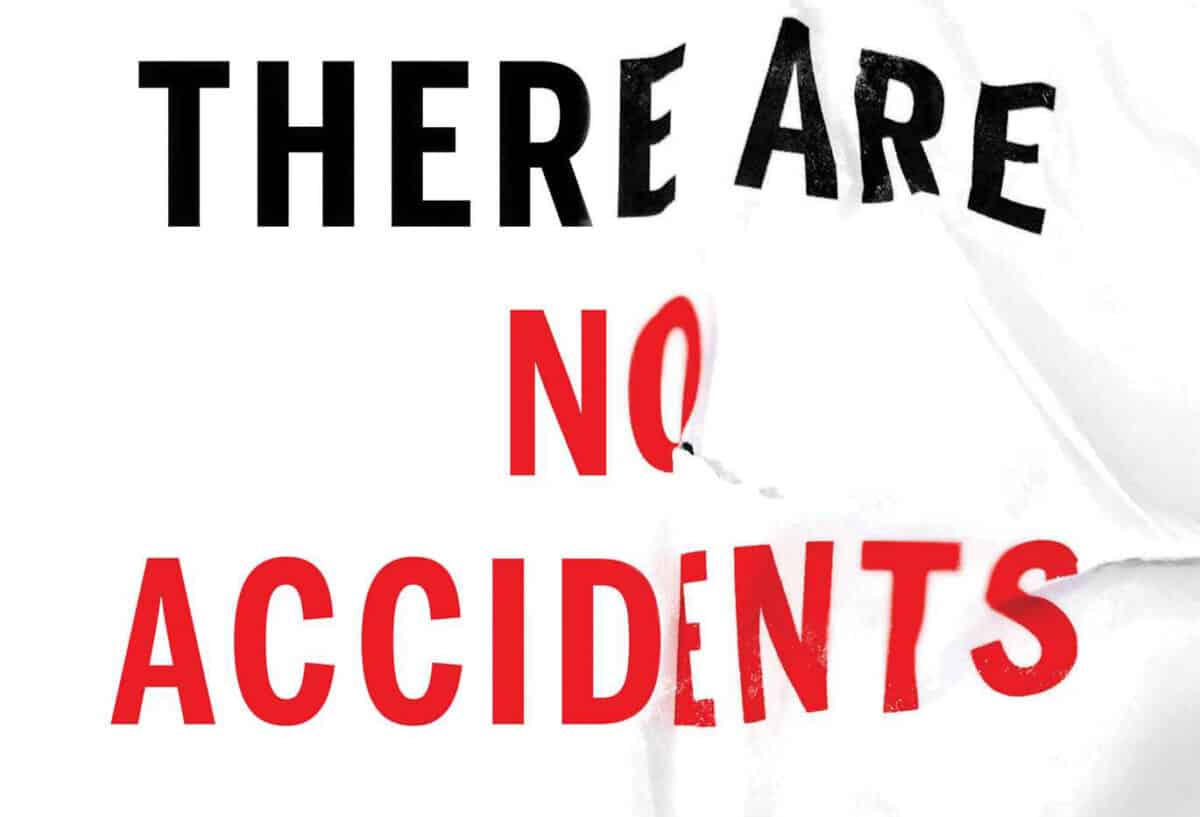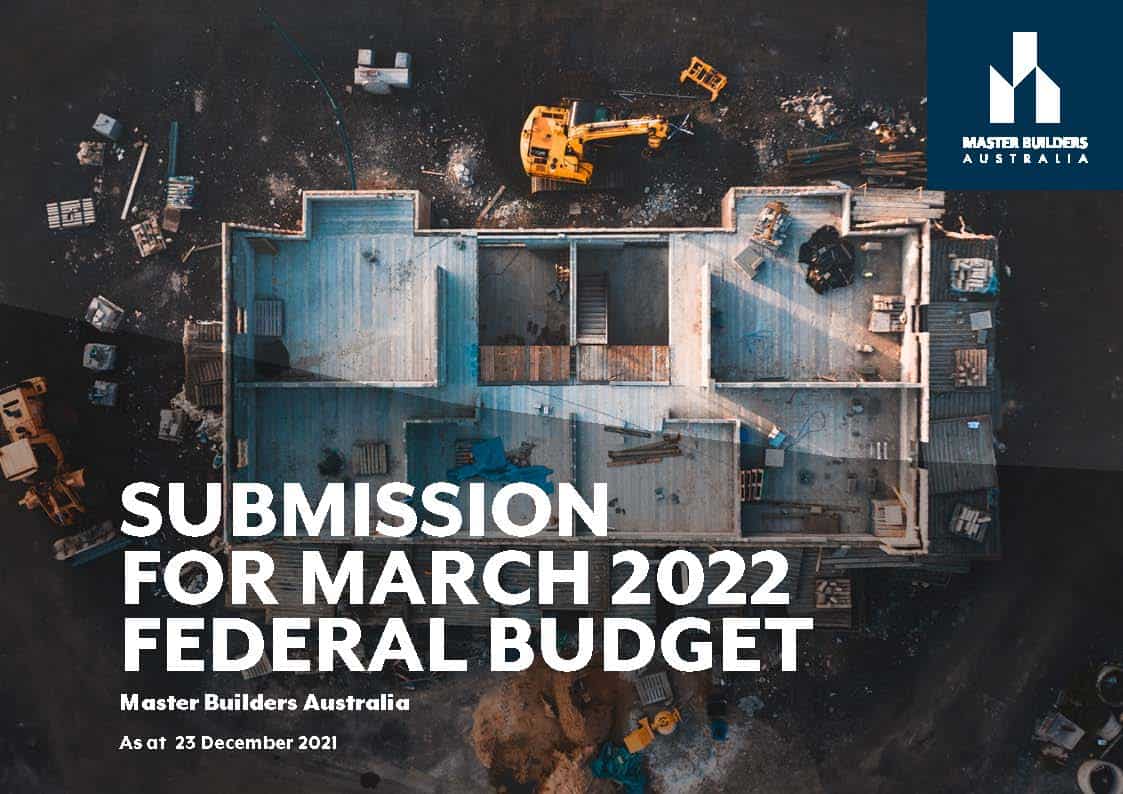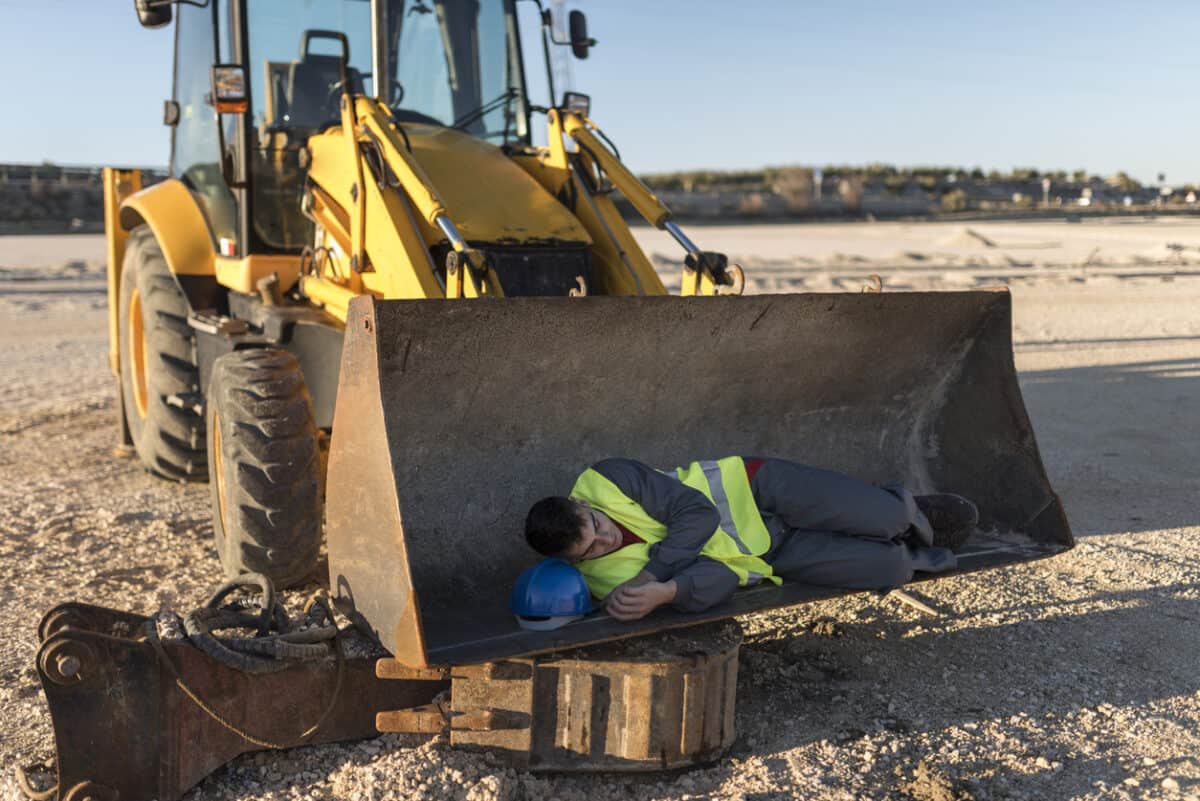Every couple of days, I receive media releases about new books, usually from Northern America, and interview opportunities with authors. If the subject ties into the themes of SafetyAtWorkBlog, I will email back for more information, including some questions. This usually results in a polite decline to cooperate as the “book does not suit your readership” or “the author feels that, although your perspective is valid, they feel it is outside his area of expertise”.
Those questions are usually about the influence of the working environment and organisational structures on management decisions and conduct. This week Tamica Sears, author of How to Tell if You’re an A**Hole Boss: A Humorous, Yet Honest Exposé on Misguided Management Behaviors, provided some perceptive responses. (Note: I have not read the book, so this is not a review)






